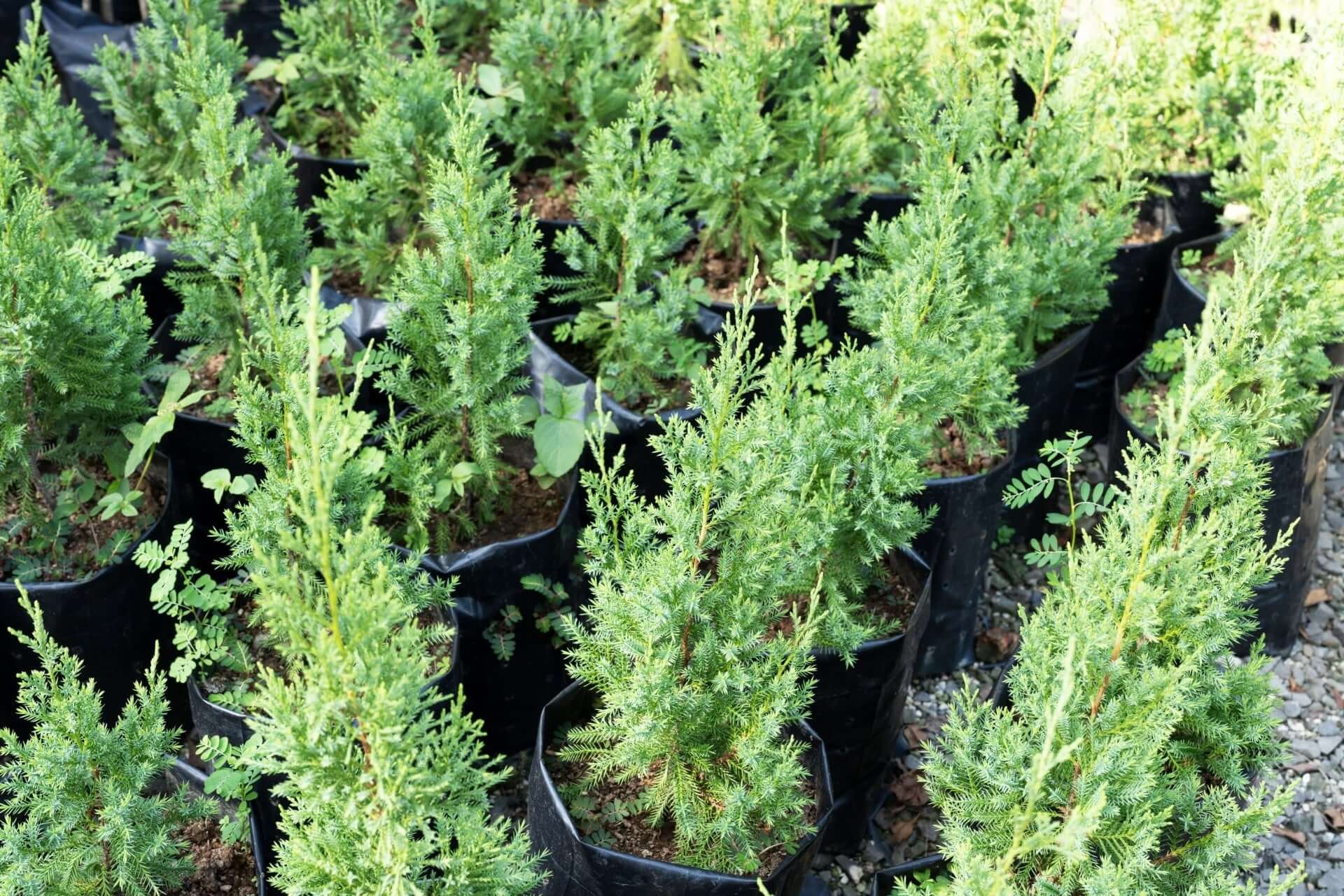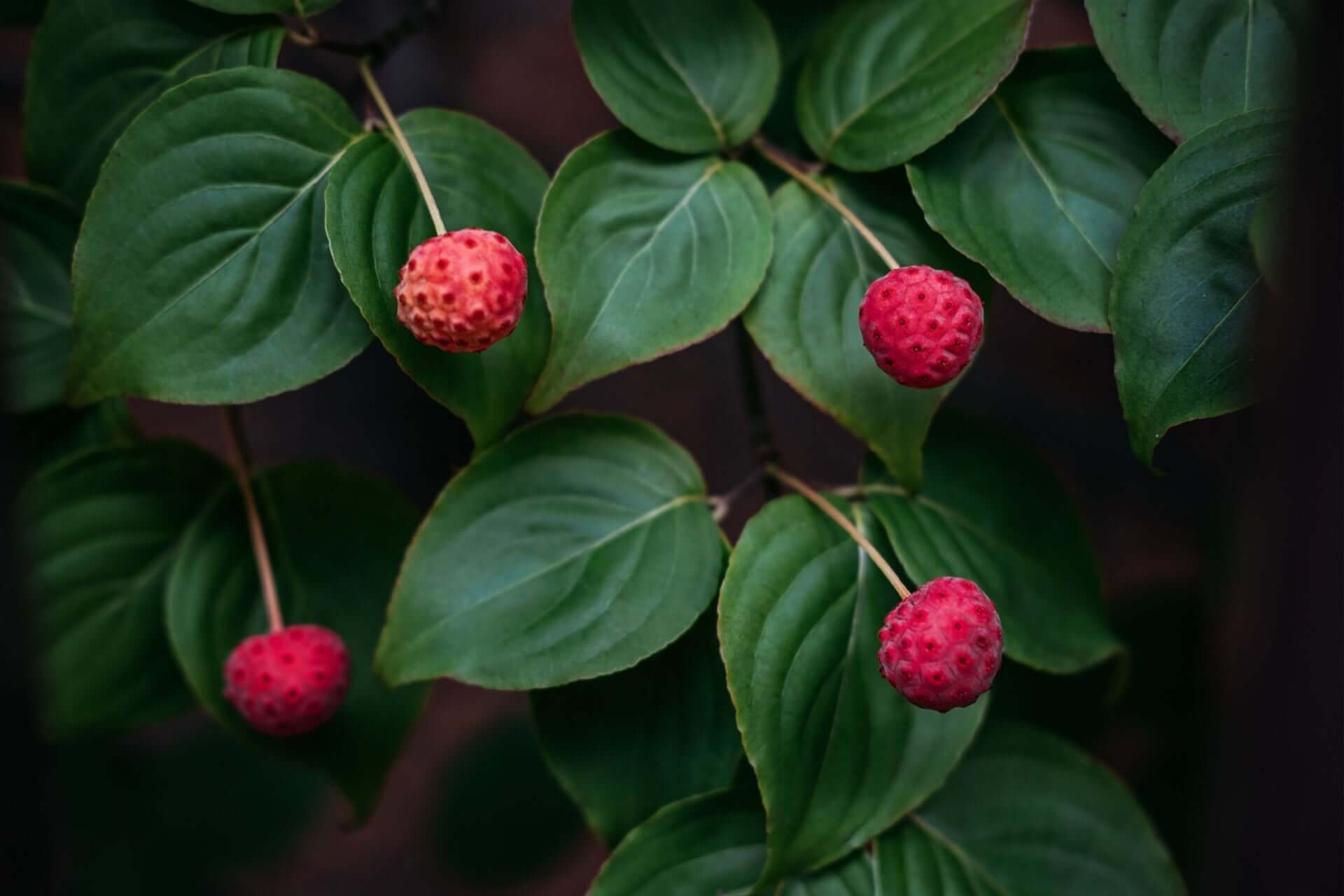Ginkgo Biloba often called the maidenhair tree, is one of the oldest living tree species, with over 200 million years of lineage. Its fan-shaped leaves and stunning yellow fall foliage make it a distinctive addition to your landscape. While Ginkgo biloba has a reputation for its resilience and beauty, there are aspects of its growth and care that gardeners need to consider when incorporating it into their space.
What is the downside of Ginkgo biloba?
One potential drawback of Ginkgo biloba trees, particularly for those who plant them in residential areas, is the fruit produced by female trees. The seeds inside the fruit have a strong, unpleasant odor, often resembling rancid butter or vomit. To avoid this problem, many landscape designers recommend planting male cultivars, which do not produce fruit.
Another consideration is the tree's slow establishment period. Though Ginkgo biloba is hardy and adaptable once mature, it can take a while for young trees to establish a robust root system, which may require patience from gardeners. During this time, extra care in terms of watering and mulching is needed to help the tree get established.
Some people may also consider the Ginkgo's deep root system a concern. While its roots are not aggressive, they can spread quite wide, which might limit the planting of certain shrubs or plants nearby. Planning their landscape design could challenge gardeners with small, limited spaces.
Do Ginkgo biloba trees grow fast?
Ginkgo biloba trees are not considered fast-growing, especially in their early years. Initially, they exhibit slow to moderate growth, generally adding about 12 to 24 inches in height annually. However, once established, the growth rate can increase slightly, with some ginkgo trees achieving a more moderate pace over time. There may be better choices for gardeners looking for quick shade or fast visual impact than Ginkgo biloba. Yet, what they lack in rapid growth, they make up for in longevity and hardiness.
The slow growth of ginkgo trees is often seen as a trade-off for their extreme resilience. They can tolerate various conditions, including air pollution, poor soil, and drought. These trees are commonly planted in urban areas because of their ability to withstand environmental stresses that would damage other species. While a slow-growing tree might require more patience, it will reward its caretaker with decades of beauty and stability.
Where do ginkgo trees grow best?
Ginkgo biloba trees thrive in temperate climates with total sun exposure. They are hardy in U.S.D.A. zones 3 through 8, making them a versatile choice for many regions. Ginkgoes prefer well-drained soil, though they can adapt to different soil types, including clay, sandy, and loamy substrates. Their adaptability makes them popular in both rural landscapes and dense urban environments.
Ginkgo biloba trees are often used as specimen trees in gardens, where their unique shape and brilliant fall color can be fully appreciated. They can grow to 80 feet tall, so they are best suited to spaces where they can be planted as a focal point. For smaller yards, dwarf or columnar varieties might be more appropriate, as these cultivars offer the same charm in a more compact form.

Although ginkgo trees are tolerant of various conditions, they are happiest in areas with moderate rainfall and temperatures that range from warm to excellent. Planting them in an area with plenty of sunlight and air circulation will encourage healthy growth. Proper drainage is essential in regions with excessive rainfall to prevent root rot, as Ginkgo biloba does not fare well in consistently waterlogged conditions.
How much is the ginkgo tree worth?
The value of a Ginkgo biloba tree depends on various factors, including its size, age, and where it is purchased. Younger trees, typically around 2 to 3 feet tall, can range from $30 to $60, making them relatively affordable for home gardeners. Larger, more mature trees can be significantly more expensive. For example, a ginkgo tree 6 to 8 feet tall might be priced anywhere from $150 to $500 or more, depending on the nursery or tree supplier.
Beyond its monetary value, Ginkgo biloba trees are prized for their symbolic and cultural significance. In traditional Chinese medicine, extracts from the tree's leaves have been used for centuries to treat various ailments. Today, ginkgo supplements are still commonly found in health food stores, where they are marketed for their supposed cognitive benefits, though scientific studies on their efficacy have yielded mixed results.
Additionally, ginkgo trees are admired for their remarkable resilience. One of the most famous examples is their survival after the atomic bombing of Hiroshima, where several ginkgo trees located near the blast site continued to grow despite the devastation. This incredible ability to endure has led to the Ginkgo being seen as a symbol of peace, longevity, and endurance.
In landscaping, the Ginkgo's value also lies in its aesthetic appeal. Few trees can rival the golden spectacle it provides each autumn. Its fan-shaped leaves, often compared to butterfly wings, create a stunning display that brightens any landscape. Even in winter, the Ginkgo's tall, straight trunk and rugged bark offer visual interest, especially with evergreen plants.
For gardeners seeking a tree with historical significance, resilience, and beauty, Ginkgo biloba is an excellent choice. While it may take time to grow and establish, the tree's enduring nature and visual appeal make it a worthy investment for any garden or landscape. Proper care and conditions will provide decades, even centuries, of beauty for future generations.
Read more

American arborvitae is a timeless choice for gardeners looking to add height, structure, and year-round beauty to their landscape

The Kousa dogwood's ability to provide beauty throughout the seasons and its manageable size and adaptability make it an ideal choice for any garden. Its star-like blooms, layered branches, and str...


